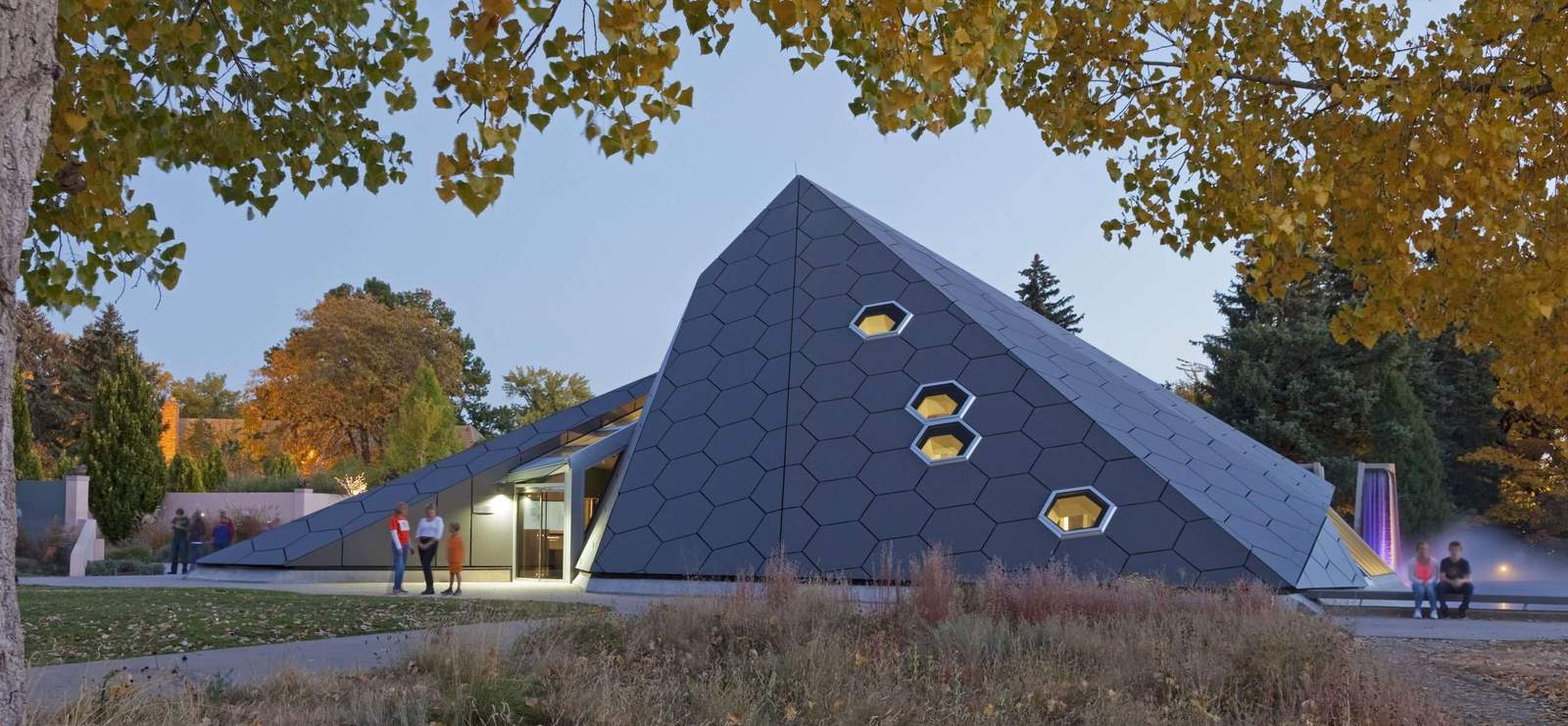Curro Durbanville Highschool / BPAS Architects


- Area :
8865 m²
Year :
2022
Manufacturers : Geberit, Flowcrete, Rako, Saint-Gobain, dormakaba, African Hardwood, C.E.L, Catermarket, Cobra, Corobrik, Façade Projects, GP KONING, GRIT procurement, Go Green, Harris Electrical, Isoboard, Lecico, OWA, Polyflor, Regent, +4-4-
Lead Architects :
Landseer Collen
-
-
-
-
-
-
-
-

Text description provided by the architects. Located to the northeast of Durbanville in the Western Cape, the site forms part of the larger urban plan for the Phesantekraal area. The brief called for a high-quality innovative school with a range of cultural and sports facilities. It was important that the design process was not isolated to a single author. The scheme came together through a collaborative engagement with learners, teachers, and other consultants. Inspiration was drawn from the surrounding landscape and the mountains in the distance, the color of the canola fields, and the materiality of existing structures located on and around the site. The design emits an exciting take on form, texture, and scale.

Learning achieved through interactions is the basis of how a child develops. This is the essence of The Third Teacher. Its principles can be summarised as follows: Firstly, interactions with the adults in their lives (parents and teachers), secondly with peers, and thirdly through interaction with their surrounding environment – the physical space in which learners mature becomes The Third Teacher. The design aims to capture and promote the value of The Third Teacher in its layout, spatial qualities and finishes to create a positive, stimulating educational environment.






The U-shaped building footprint frames the southern corner of the site, which formulates a forecourt defined by the auditorium and hall on either side. It ‘embraces’ the learners and visitors as they enter, while also acting as a protective buffer from the elements. A direct visual connection to the main entrance makes wayfinding easier for users. The conventional ‘school typology’ consisting of classrooms that are framed by four walls was challenged with the concept of constant interaction between spaces. The classes become permeable and adaptive with furniture, such as combinable tables, designed specifically for the hybrid and flexible use of each space. Diversity is emphasized through juxtaposed slanted columns and colors in this dynamic atrium learning space, embracing difference and uniqueness in a collective and safe environment.


Usually, the classroom is inclusive and private, the hall and passages are semi-private, and the playground is a public space. Now, an art classroom opens into an atrium that can be turned into a gallery or exhibition area, also sharing space with the cafeteria. The cafeteria has a practical kitchen which is used for consumer studies by the hospitality learners. The consumer studies classroom is linked to the cafeteria as well. This type of design provides flexibility and hybrid use, essential for a school that will always be adapting to future needs.



Patterned brickwork acts as a wayfinding method at entrances while contributing to the aesthetics of the building. The auditorium is clad in sheet metal which forms a prominent node at the main entrance. Off-shutter concrete roofs link the program components (auditorium, classroom spaces, and hall). This finish is pulled through to the interiors and complimented with the warmth of natural wood elements. Overall, the school responds to the site through its sustainability considerations and non-stylized architecture. Ultimately, the building’s success relies on the successful incorporation of its users, shifting from conventional to flexible and interactive learning spaces.







